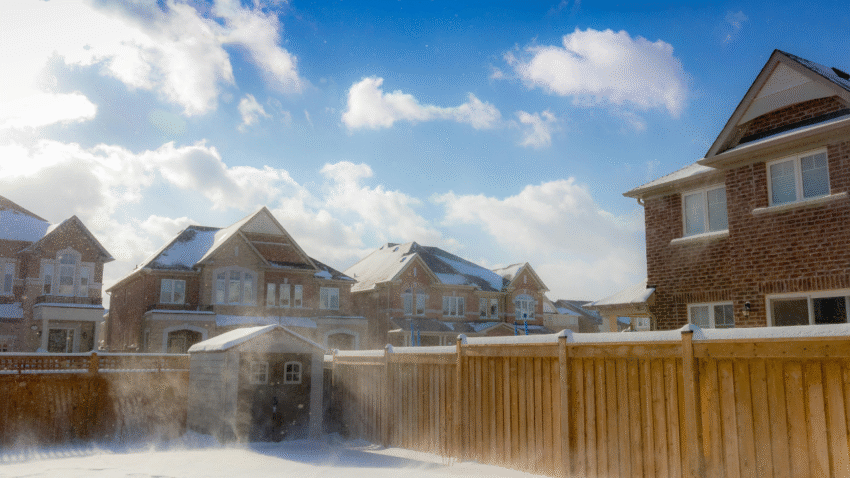Introduction
Electric fences are excellent tools for securing livestock, pets, and property—but storms can put them at serious risk. Heavy rain, lightning, wind, and falling debris can cause shorts, power loss, or even permanent damage to energizers and wires. Learning how to protect an electric fence during storms helps you prevent downtime, reduce repair costs, and keep your animals safe. With proper preparation and maintenance, you can ensure your fence remains reliable through the harshest weather.
Why Storm Protection Matters for Electric Fences
Storms can cause multiple threats to electric fencing:
- Lightning strikes: Direct or nearby strikes can fry energizers instantly.
- Heavy rain and flooding: Moisture can short out fence lines and grounding systems.
- High winds: Falling branches or debris can break wires and posts.
- Snow and ice storms: Accumulation can weigh down wires and weaken connections.
Without protection, you risk both property damage and compromised safety.
Step-by-Step Guide to Protecting an Electric Fence During Storms
Step 1: Inspect the Fence Before Storm Season
Walk the entire fence line and check for:
- Loose or sagging wires.
- Damaged insulators or cracked posts.
- Poor or shallow grounding rods.
- Energizer cables with worn insulation.
Tip: Repairs made before storm season reduce the risk of failure when weather hits.
Step 2: Install a Lightning Diverter
Lightning is the biggest threat to electric fences. A diverter (or lightning arrestor) protects your energizer by directing excess electrical energy safely into the ground.
- Mount the diverter near the energizer.
- Connect one terminal to the fence line and the other to a dedicated ground rod.
- Ensure the ground rod is at least 30 feet from your energizer’s grounding system for safety.
Pro Tip: Lightning diverters don’t guarantee 100% protection, but they greatly reduce the risk of catastrophic damage.
Step 3: Add a Surge Protector
Plug-in energizers should always use surge protectors.
- Choose heavy-duty outdoor-rated surge protectors.
- Protects against power surges caused by lightning strikes on utility lines.
- Prevents damage to both energizer and connected outlets.
Step 4: Use Proper Grounding Systems
Heavy rain and flooding affect grounding efficiency.
- Drive at least 3 galvanized ground rods (6–8 feet long) into the soil.
- Space rods 10 feet apart and connect with insulated wire.
- For sandy or rocky soil, consider ground enhancement products like bentonite or conductive salts.
Tip: A strong ground system helps maintain voltage even when storms saturate the soil.
Step 5: Trim Trees and Clear Debris
High winds often cause falling branches that snap wires or break posts.
- Trim overhanging branches near your fence line.
- Remove dead trees that could topple during storms.
- Clear away debris that may be blown into fence lines.
Step 6: Disconnect the Energizer During Severe Storms
If a major lightning storm is approaching:
- Turn off and unplug the energizer.
- Disconnect leads to the fence and ground system.
- Store portable energizers indoors until the storm passes.
Safety Note: This step is especially important if you live in lightning-prone areas.
Step 7: Reinforce Fence Hardware
Storms put extra strain on posts, insulators, and wires.
- Replace cracked or brittle insulators with heavy-duty UV-stabilized models.
- Use tension springs on wires to absorb wind or ice stress.
- Install corner braces or diagonal bracing to strengthen posts.
Step 8: Protect Against Flooding and Water Damage
Flooding can short out fences and ground rods.
- Elevate energizers above flood-prone areas.
- Install waterproof enclosures for solar or plug-in chargers.
- Divert water away from fence lines with small trenches or French drains.
Step 9: Post-Storm Inspections
After a storm:
- Walk the fence line immediately.
- Look for fallen branches, broken wires, or leaning posts.
- Test voltage with a fence tester at multiple points.
- Reconnect energizers if disconnected, ensuring they still function properly.
Pro Tip: Keep spare insulators, posts, and wire on hand for fast repairs.
Common Mistakes to Avoid
- Mistake: Relying only on surge protectors.
Solution: Always install both surge protectors and lightning diverters for complete protection. - Mistake: Using too few ground rods.
Solution: Three or more rods are best for storm-prone areas. - Mistake: Leaving energizers exposed.
Solution: Always use weatherproof housings or shelters. - Mistake: Ignoring overhanging trees.
Solution: Proactive trimming prevents major storm damage. - Mistake: Not checking fences after storms.
Solution: Immediate inspections prevent weakened sections from failing later.
Extra Fence Tips & Hacks
- Use cutoff switches: Install them along long fence lines to isolate problem sections quickly after storms.
- Solar charger maintenance: Keep solar panels clean and tilted to prevent snow or debris from covering them.
- Temporary grounding rods: In dry seasons, add extra rods to prepare for sudden storms.
- Label energizer connections: Makes it faster to disconnect and reconnect before and after storms.
For more long-term durability, see our guide on how to maintain an electric fence safely—routine care is the best preparation for storm resilience.
Conclusion
Learning how to protect an electric fence during storms keeps your system reliable, prevents costly damage, and ensures your animals remain safely contained. By installing lightning diverters, maintaining a solid ground system, trimming trees, and disconnecting energizers during extreme storms, you’ll give your fence the best chance of surviving any weather.
Pro Tip: Storm protection is about layers—combine surge protectors, diverters, and good maintenance for maximum safety.
Bookmark this guide for the next storm season—you’ll save money, time, and frustration while keeping your fence line strong and dependable.
